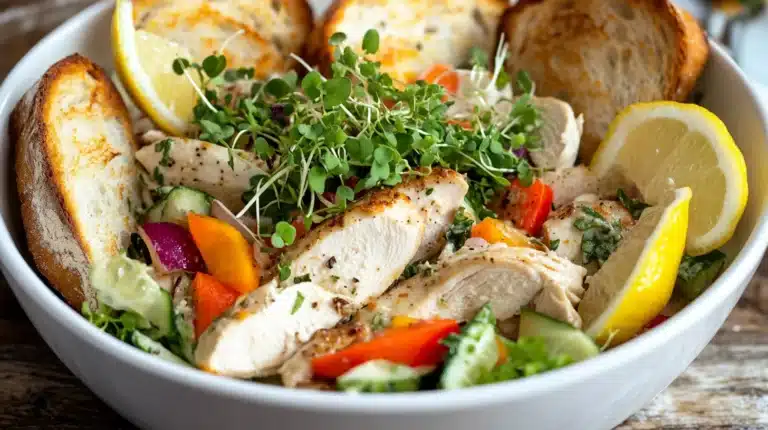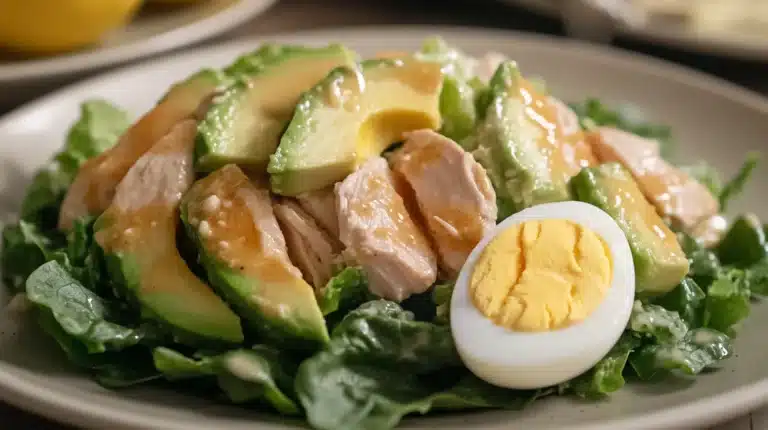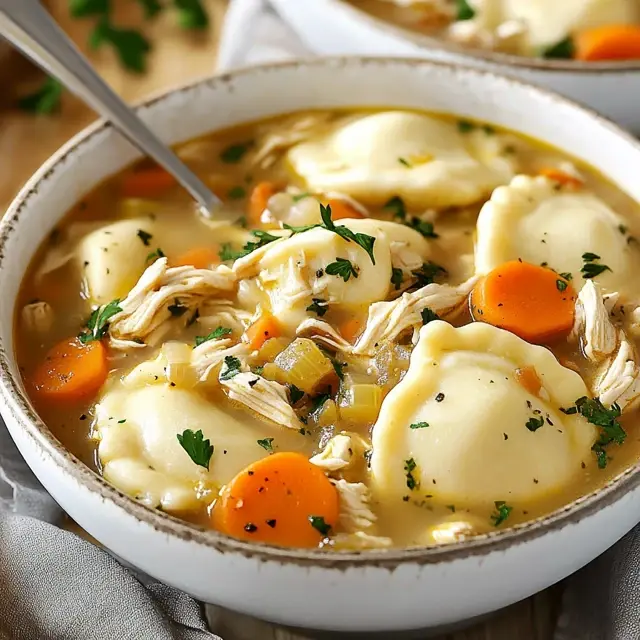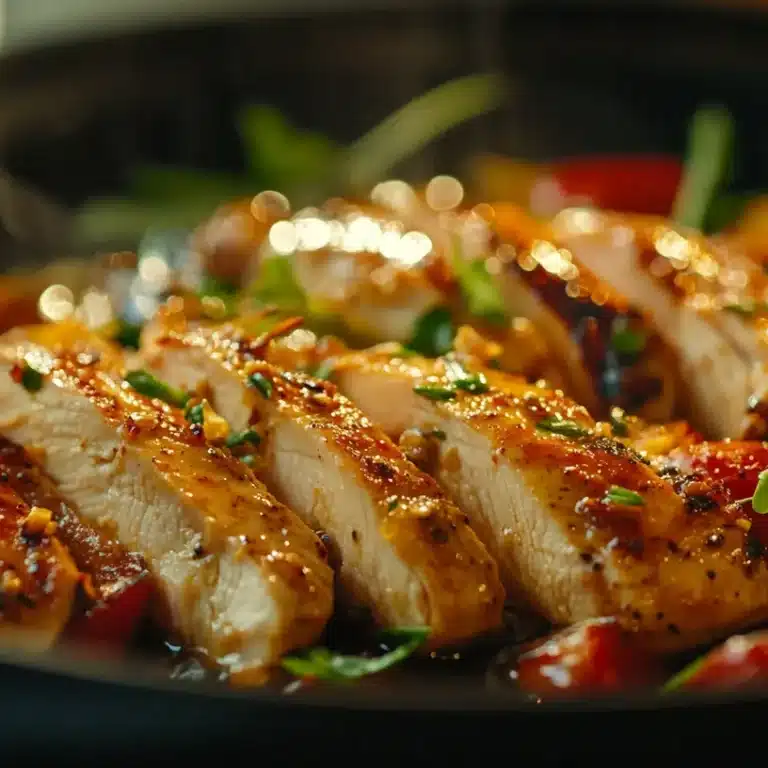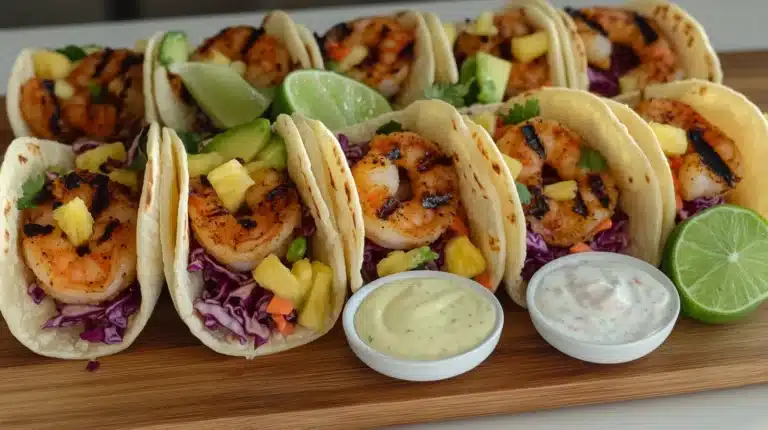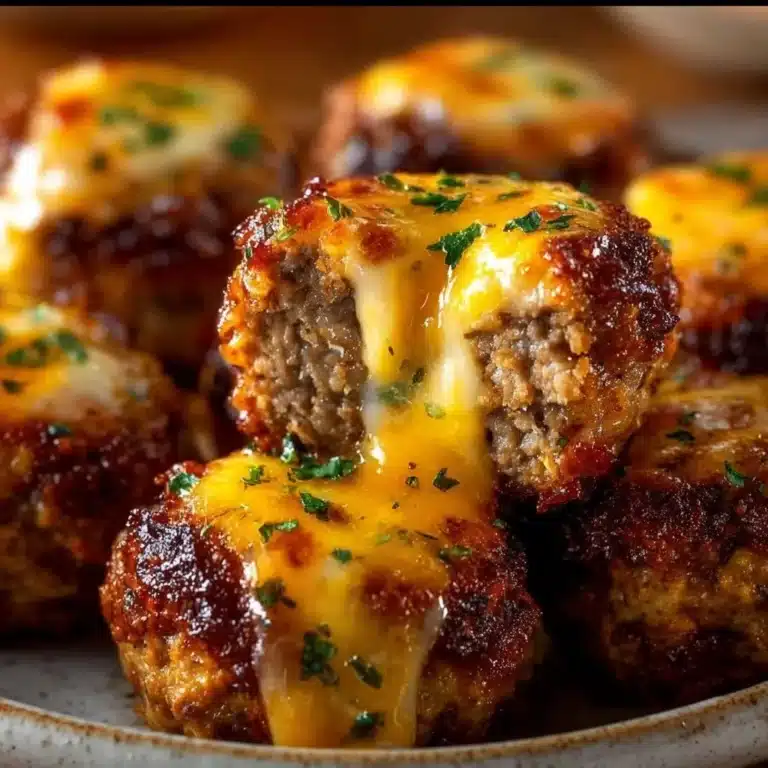How Do You Cook Coho Salmon So It’s Not Dry? The Ultimate Guide
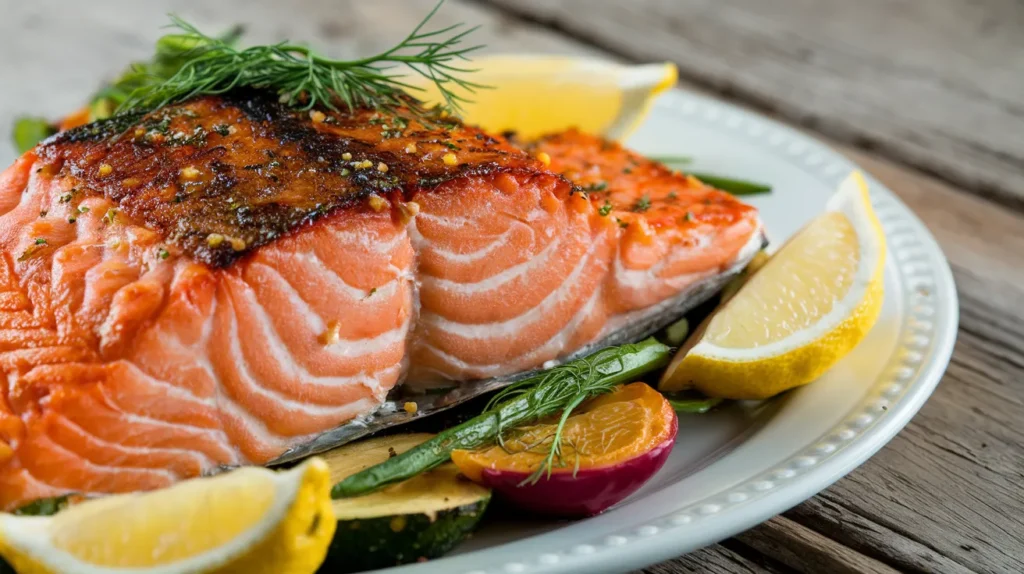
Cooking coho salmon without making it dry can feel like walking a tightrope. Have you ever prepared this gorgeous fish, only to end up with a dish that feels more like cardboard than a melt-in-your-mouth delicacy? Don’t worry—you’re not alone. In this guide, we’ll take you step-by-step through everything you need to know to make sure your coho salmon is moist, flavorful, and downright irresistible. Let’s dive in!
Understanding Coho Salmon
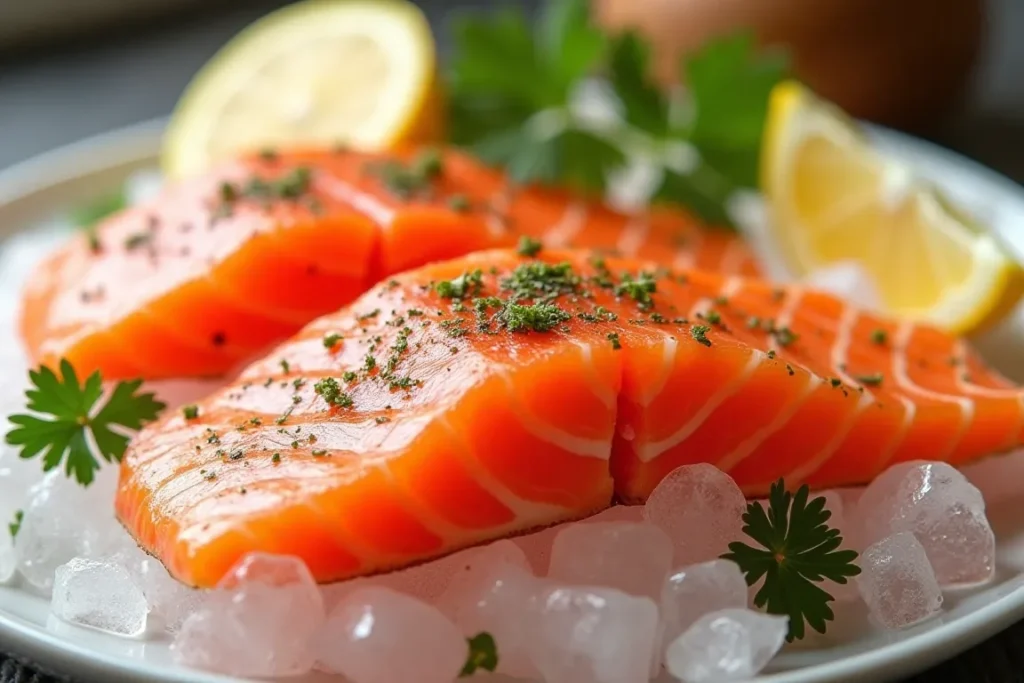
What Makes Coho Salmon Unique?
Coho salmon, also known as silver salmon, is a favorite among seafood lovers. Why? It’s known for its delicate flavor and medium-fat content, which makes it versatile for various cooking methods. But here’s the catch: it’s easy to overcook, which is why it’s often labeled as “difficult.” If you’ve ever faced that challenge, we’ve got your back.
For a broader guide on preparing salmon, check out the Coho Salmon Recipe: A Complete Guide to Cooking and Enjoying for inspiration.
Common Cooking Challenges with Coho Salmon
You might be wondering, “Why does my coho salmon turn out dry every time?” It’s not magic—it’s science! Coho salmon is leaner than other types of salmon, like king salmon, meaning it has less fat to keep it moist. Overcooking is the biggest culprit. A few extra minutes on the heat, and you’re left with dry, flaky fish. Sounds familiar, doesn’t it?
Here’s the good news: these challenges are avoidable. Stick with me, and I’ll show you how to sidestep them like a pro.
The Importance of Proper Preparation
Before you even think about turning on the stove, preparation is key. It’s like getting ready for a big game—you wouldn’t step onto the field without a plan, right?
Selecting Fresh Coho Salmon
The first rule of cooking amazing salmon is starting with a fresh, high-quality piece. Look for:
- Bright color: Fresh coho salmon should have a vibrant pinkish-red hue.
- Firm texture: Press it lightly with your finger. Does it bounce back? Perfect!
- Mild smell: If it smells too fishy, it’s probably past its prime.
Buying from a reputable fishmonger is the way to go. If that’s not an option, frozen coho salmon is a solid choice—just make sure it’s flash-frozen to lock in freshness.
How to Properly Thaw Frozen Coho Salmon
Defrosting salmon isn’t rocket science, but there’s a right way to do it:
- Place the frozen salmon in the refrigerator overnight. This slow process helps maintain its texture.
- In a rush? Submerge the sealed salmon in cold water for 30–60 minutes. Avoid hot water—it’ll start cooking the edges prematurely.
Seasoning Techniques for Maximum Flavor
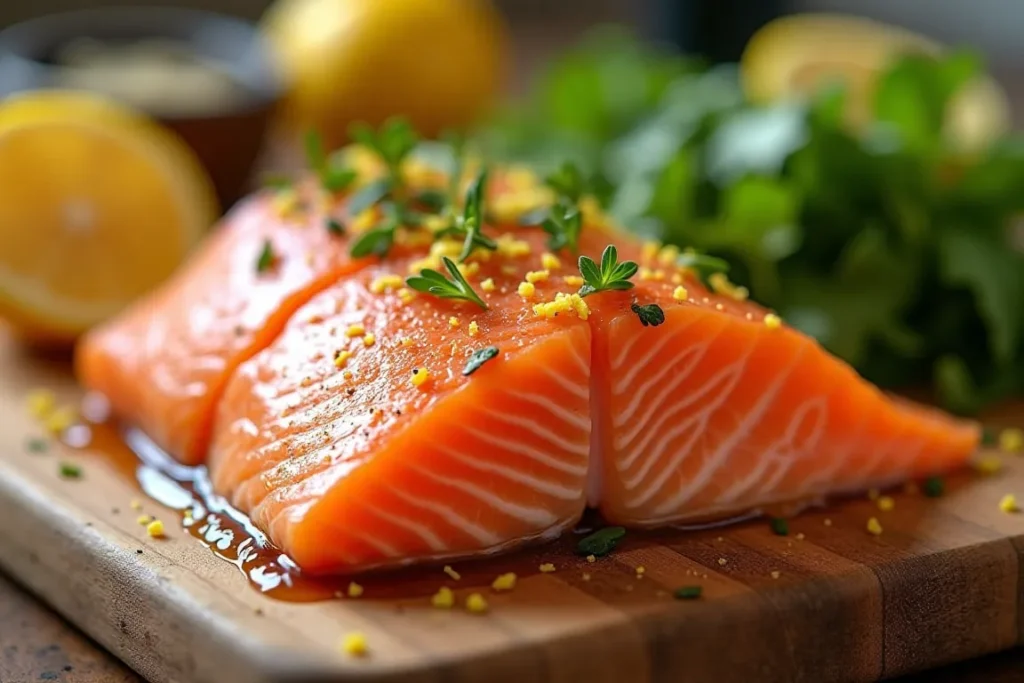
Let’s talk seasoning. Coho salmon doesn’t need a ton of fancy stuff to taste good. In fact, simplicity is key:
- Salt and pepper: The dynamic duo! Start here.
- Citrus zest: Lemon or lime zest adds a refreshing zing.
- Herbs: Dill, parsley, or thyme bring out the salmon’s natural flavors.
- Spices: A pinch of paprika or cayenne can add a little kick.
Want to take it up a notch? Try a quick marinade with olive oil, garlic, lemon juice, and honey. Trust me, it’s a game-changer.
“Good seasoning is like the finishing touch on a masterpiece—it brings everything to life!”
Methods to Cook Coho Salmon Without Drying It Out
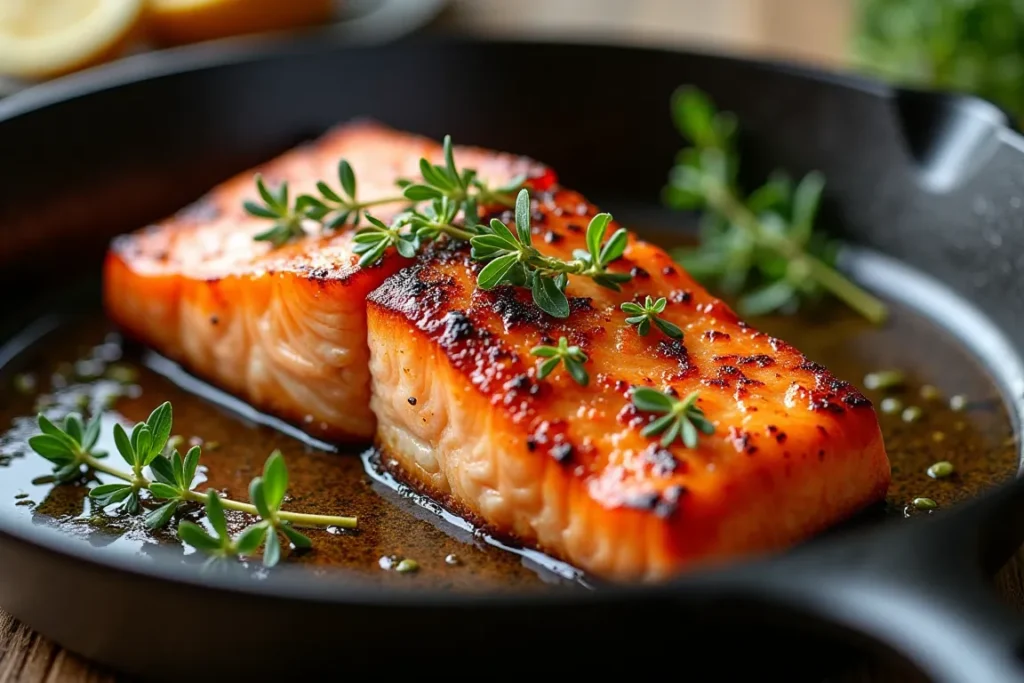
Here’s where the magic happens. The way you cook coho salmon can make or break your dish. Let’s explore the best methods that keep it juicy and flavorful.
Baking Coho Salmon: Tips and Tricks
Baking is one of the easiest ways to cook salmon. It’s like a set-it-and-forget-it method, but don’t forget to pay attention to the details:
- Preheat your oven: Set it to 375°F (190°C).
- Line a baking sheet: Use parchment paper or foil for easy cleanup.
- Add moisture: Place a few lemon slices under the salmon to keep it moist.
- Cover loosely: Tent the salmon with foil during baking to trap steam.
How long? Aim for about 12–15 minutes for a fillet, depending on thickness. Use a meat thermometer to ensure it’s cooked to perfection—145°F (63°C) is the magic number.
For another baked fish option, explore How Long Should You Brine Salmon For? to enhance the flavor before cooking.
“Baking salmon is like wrapping it in a warm hug—it stays tender and full of flavor.”
Grilling Coho Salmon: Mastering the Art
Grilling salmon can feel intimidating, but once you nail it, you’ll never look back. It’s like adding a smoky flair to your dish.
- Preheat the grill: Get it to medium-high heat.
- Oil the grates: Prevent sticking by brushing oil on the grates.
- Keep the skin on: It acts as a natural barrier to protect the meat.
- Watch the clock: Grill each side for about 4–6 minutes.
Pro tip: Use a fish spatula to flip the salmon gently. This tool makes all the difference.
Methods to Cook Coho Salmon Without Drying It Out (Continued)
Poaching Coho Salmon: A Moist Cooking Method
Poaching is like giving your salmon a spa day—it’s gentle, keeps it moist, and infuses it with subtle flavors. Here’s how to do it:
- Prepare your poaching liquid: Use water, broth, or white wine. Add aromatics like garlic, onion, bay leaves, and herbs for extra flavor.
- Heat the liquid: Bring it to a simmer—not a boil. Boiling can cause the fish to become tough.
- Add the salmon: Place your fillet skin-side down in the liquid.
- Cook gently: Let it poach for about 8–10 minutes or until it flakes easily with a fork.
The result? A soft, succulent piece of salmon that melts in your mouth. Poaching is a foolproof method for beginners, too!
“Poaching is like a gentle embrace for your salmon—no harsh heat, just smooth, even cooking.”
Pan-Seared Coho Salmon: Achieving Crispy Perfection
If you’re a fan of crispy textures, pan-searing is your best friend. It’s quick, easy, and makes your salmon look like it came straight out of a restaurant kitchen.
- Preheat the pan: Use medium-high heat and a bit of oil with a high smoke point, like avocado or grapeseed oil.
- Pat the salmon dry: A dry surface helps create that golden-brown crust.
- Place skin-side down: Cook for about 4–5 minutes without touching it. Let the skin crisp up!
- Flip carefully: Cook the other side for another 2–3 minutes until just done.
The key here is confidence. Don’t fiddle with the fish while it’s cooking—it needs time to form that beautiful crust.
Sous Vide: A Foolproof Method for Juicy Coho Salmon
Sous vide is like having a personal chef in your kitchen. This method guarantees perfectly cooked salmon every time.
- Season and seal: Season the salmon as desired, then vacuum-seal it in a bag.
- Set the temperature: Preheat your sous vide machine to 125°F (52°C) for a tender, medium-rare finish.
- Cook it slow: Submerge the bagged salmon in the water bath and cook for 45–60 minutes.
- Finish with a sear: After cooking, give it a quick sear in a hot pan for added texture.
Sous vide might sound fancy, but it’s surprisingly beginner-friendly. It’s nearly impossible to overcook your salmon this way.
Common Mistakes and How to Avoid Them
Cooking coho salmon can sometimes feel like a minefield. One small misstep, and you’re left with dry, unappetizing fish. Let’s address the most common mistakes and how to fix them.
Overcooking: Signs and Solutions
Overcooking is the number one mistake people make. How do you know if you’ve gone too far? The salmon becomes tough, dry, and flakes apart too easily.
How to fix it:
- Use a meat thermometer to check for doneness. Aim for 135°F (57°C) for medium and let carryover cooking bring it to 145°F (63°C).
- Pay attention to time. Most salmon fillets cook in under 15 minutes, depending on thickness.
“Think of your salmon like a delicate flower—it doesn’t need much heat to bloom.”
Not Using a Thermometer: Why It’s Essential
Guessing when your salmon is done can lead to disaster. A meat thermometer removes all the guesswork. It’s like having a roadmap—you know exactly where you’re going.
Quick tip: Insert the thermometer into the thickest part of the fillet for the most accurate reading.
Skipping Resting Time: The Impact on Moisture
After cooking, let your salmon rest for a few minutes. This allows the juices to redistribute, keeping it moist and flavorful. Think of it as letting the salmon catch its breath before the big reveal.
Enhancing the Flavor of Coho Salmon
While coho salmon is delicious on its own, a little extra effort can take it to the next level.
Pairing Coho Salmon with the Right Marinades
A good marinade is like a magic potion for your salmon. It enhances the natural flavors while adding depth and complexity. Here’s a simple, versatile marinade:
- 3 tablespoons olive oil
- 2 tablespoons soy sauce
- 1 tablespoon honey or maple syrup
- 1 teaspoon minced garlic
- 1 teaspoon fresh ginger
Let the salmon soak in this mixture for 20–30 minutes before cooking. Trust me, the flavor boost is worth the wait.
Learn more about balancing sweet and savory flavors in salmon recipes with Salmon Rice Bowl Recipe for creative pairing ideas.
The Role of Herbs and Spices
Herbs and spices can elevate your salmon without overpowering it. Some great options include:
- Dill: Fresh and light, perfect for salmon.
- Thyme: Earthy and aromatic.
- Cayenne pepper: Adds a spicy kick.
- Smoked paprika: Gives a hint of smokiness.
Experiment with combinations to find your favorite.
Complementary Side Dishes for Coho Salmon
No salmon dish is complete without the right sides. Here are a few ideas:
- Roasted vegetables: Asparagus, Brussels sprouts, or carrots.
- Rice or quinoa: Light grains that soak up the salmon’s juices.
- Citrus salad: A refreshing contrast to the rich salmon.
“The right side dish isn’t just an afterthought—it’s the supporting actor in your meal’s story.”
Serving Suggestions and Presentation Ideas
Cooking delicious coho salmon is only half the battle. The way you serve and present it can make all the difference. After all, we eat with our eyes first, right? Let’s explore how to elevate your dish with creative serving ideas and pro-level presentation techniques.
Plating Like a Professional
You don’t need to be a Michelin-star chef to plate like one. Follow these simple tips to make your coho salmon look as amazing as it tastes:
- Choose the right plate: A large, white plate provides a clean canvas for your food.
- Build layers: Start with your base (like rice or quinoa), then place the salmon on top. Add vegetables or a salad around it for balance.
- Add a pop of color: Use garnishes like fresh herbs, lemon wedges, or edible flowers to brighten up the plate.
- Keep it neat: Avoid overcrowding the plate. Less is more when it comes to presentation.
Think of your plate as a work of art—balance, symmetry, and vibrant colors make it visually appealing.
Sauces to Elevate Your Coho Salmon Dish
A good sauce can take your salmon from great to unforgettable. Here are a few tried-and-true options:
- Lemon butter sauce: Melt butter, add fresh lemon juice, and stir in some minced garlic and parsley. Drizzle over the salmon just before serving.
- Creamy dill sauce: Mix Greek yogurt, fresh dill, lemon juice, and a pinch of salt for a tangy, herbaceous topping.
- Miso glaze: Combine miso paste, honey, soy sauce, and a touch of sesame oil for a sweet and savory twist.
“A well-crafted sauce is like the final brushstroke on a masterpiece—it ties everything together beautifully.”
Creative Serving Ideas
Why stick to the basics when you can get creative? Here are a few unique ways to serve coho salmon:
- Salmon tacos: Flake the cooked salmon and serve it in tortillas with avocado, salsa, and lime.
- Salmon bowls: Layer the salmon over rice or quinoa, add vegetables, and drizzle with sauce for a wholesome meal.
- Salmon salads: Toss flaked salmon into a bed of greens with a light vinaigrette.
These ideas are not only delicious but also perfect for meal prep or entertaining guests.
Troubleshooting: What to Do If Your Coho Salmon Turns Out Dry
Even with the best intentions, mistakes happen. If your coho salmon ends up dry, don’t toss it out—there are ways to save the day.
Rehydration Techniques
Dry salmon doesn’t have to stay dry. Here’s how to bring some moisture back:
- Add a sauce: A rich sauce, like lemon butter or creamy dill, can mask dryness and add moisture.
- Simmer in liquid: Place the salmon in a shallow pan with a little broth, wine, or water. Cover and heat gently for a few minutes.
- Top with a compound butter: Mix softened butter with herbs and spices, then spread it over the salmon while it’s still warm. The butter will melt and add richness.
Transforming Dry Coho Salmon into Other Dishes
If rehydrating doesn’t work, repurpose the salmon into something new. Think of it as a creative opportunity:
- Salmon cakes: Mix flaked salmon with breadcrumbs, an egg, and your favorite seasonings. Form into patties and pan-fry until golden.
- Salmon dip: Combine flaked salmon with cream cheese, sour cream, lemon juice, and herbs. Serve with crackers or veggies.
- Salmon pasta: Toss the salmon with cooked pasta, a light cream sauce, and some fresh herbs for a comforting meal.
“Every mistake is a chance to get creative—dry salmon can become the star of a whole new dish.”
Conclusion: Mastering the Art of Cooking Coho Salmon
Cooking coho salmon so it’s not dry isn’t as daunting as it seems. With the right preparation, cooking techniques, and a little attention to detail, you can create a dish that’s tender, flavorful, and downright impressive.
Let’s recap:
- Start with fresh, high-quality salmon and season it simply.
- Choose the cooking method that suits your style—baking, grilling, poaching, pan-searing, or sous vide.
- Avoid common mistakes like overcooking, and always let the salmon rest before serving.
- Elevate your dish with sauces, creative sides, and beautiful plating.
- If things go wrong, don’t panic—there’s always a way to recover and repurpose.
“Cooking is a journey, not a destination. With practice and patience, you’ll soon be serving up perfect coho salmon every time.”
Now it’s your turn! Armed with these tips and tricks, you’re ready to tackle coho salmon like a pro. So go ahead, impress your friends and family with your culinary skills. You’ve got this!


